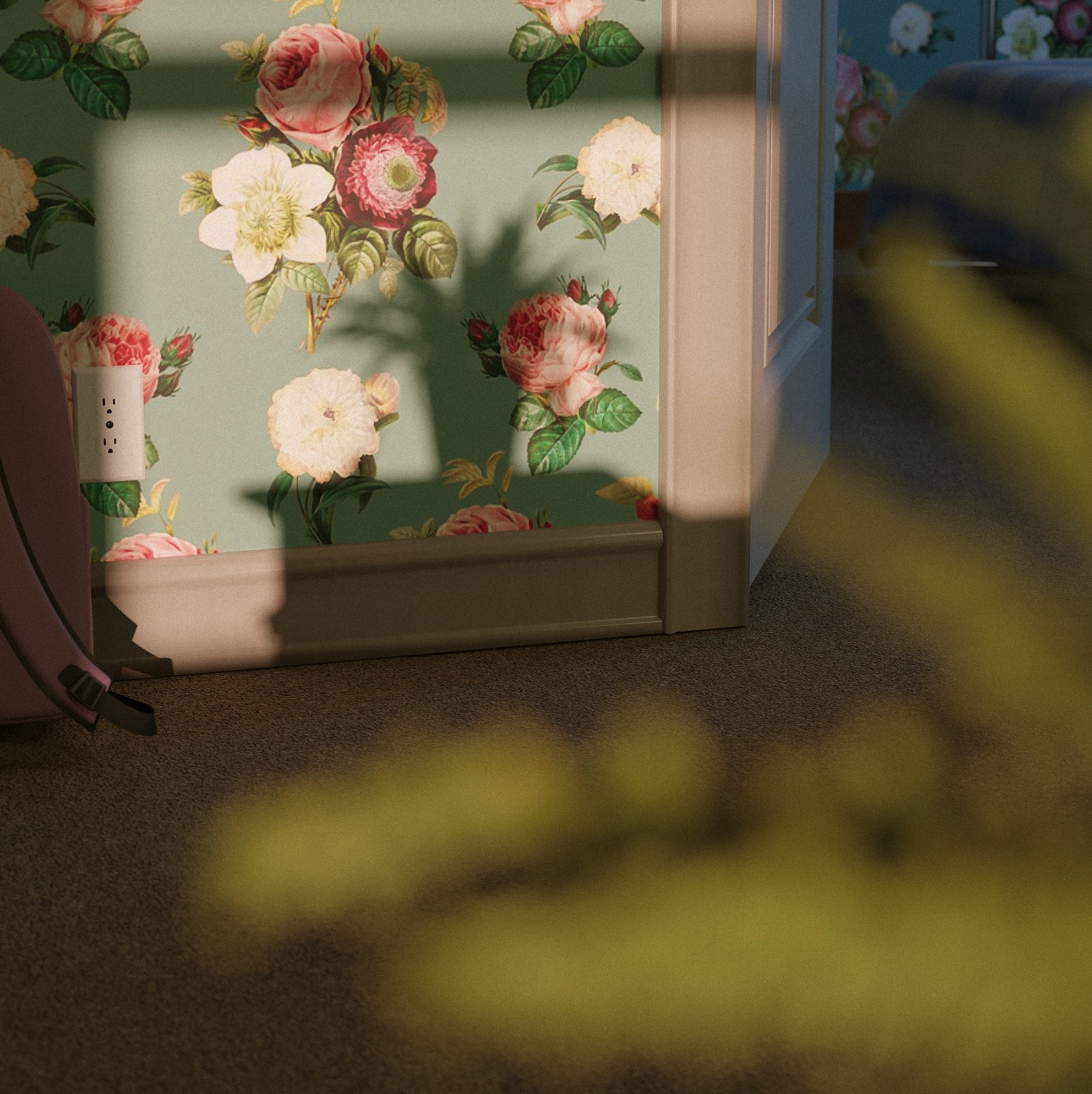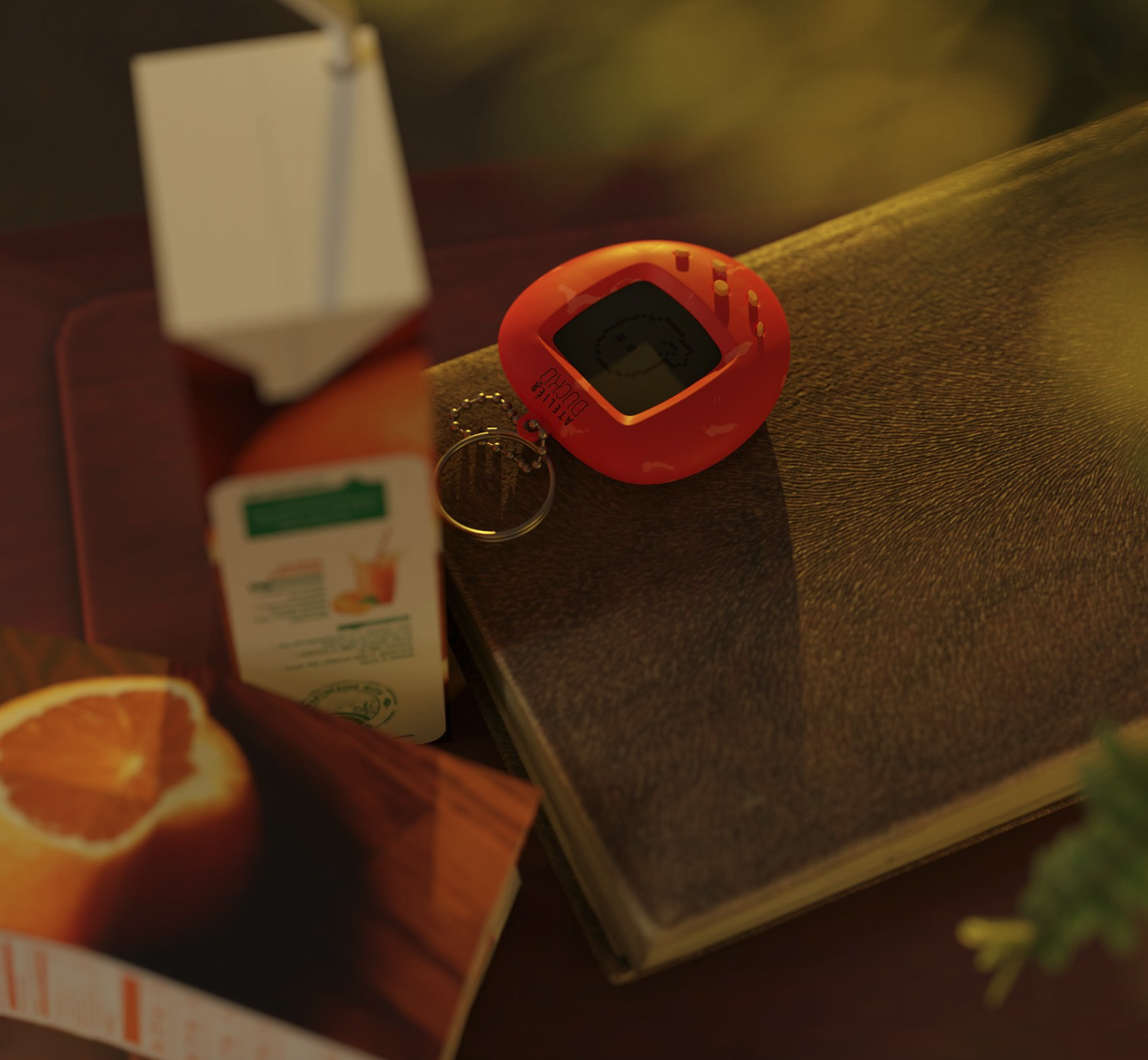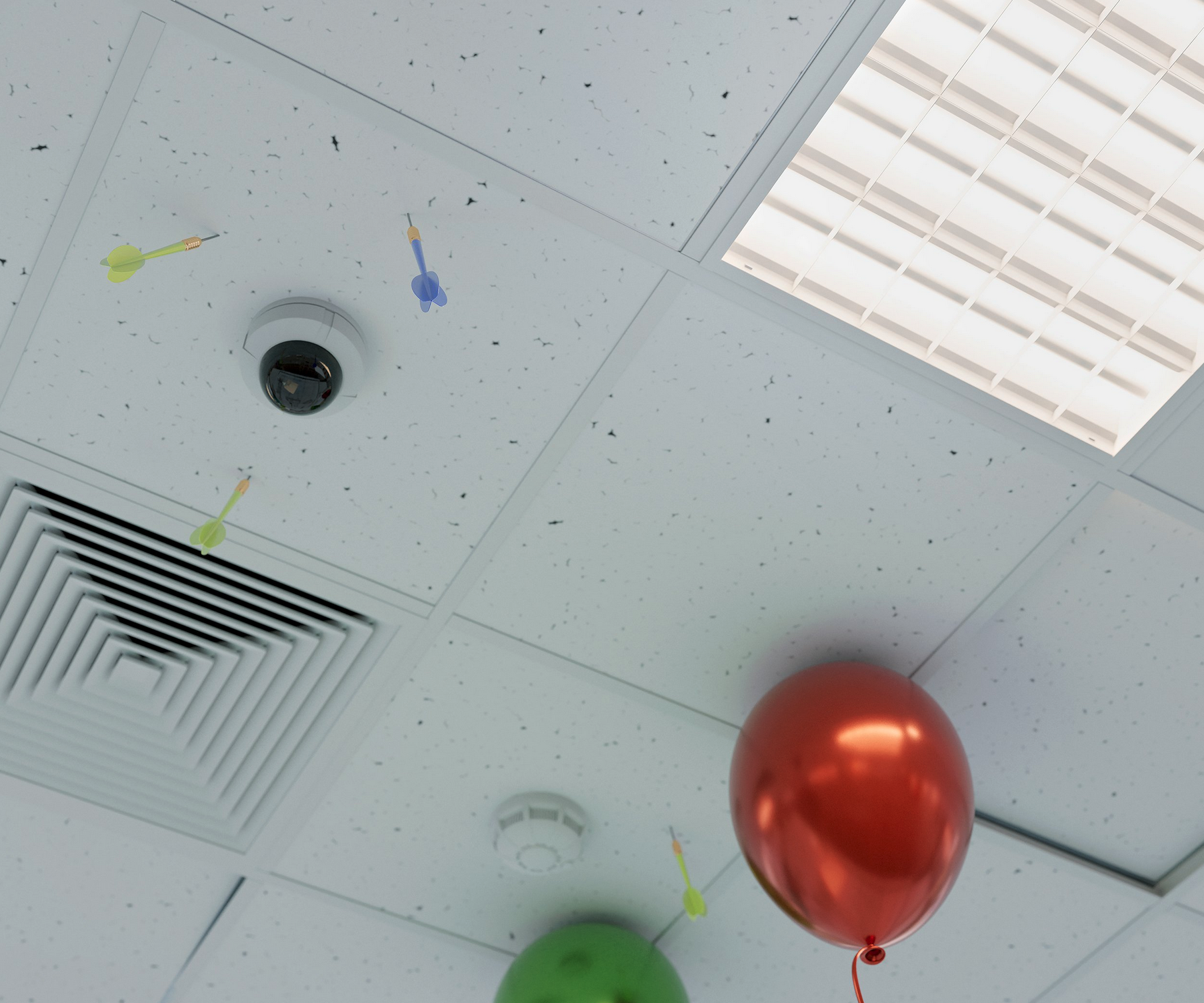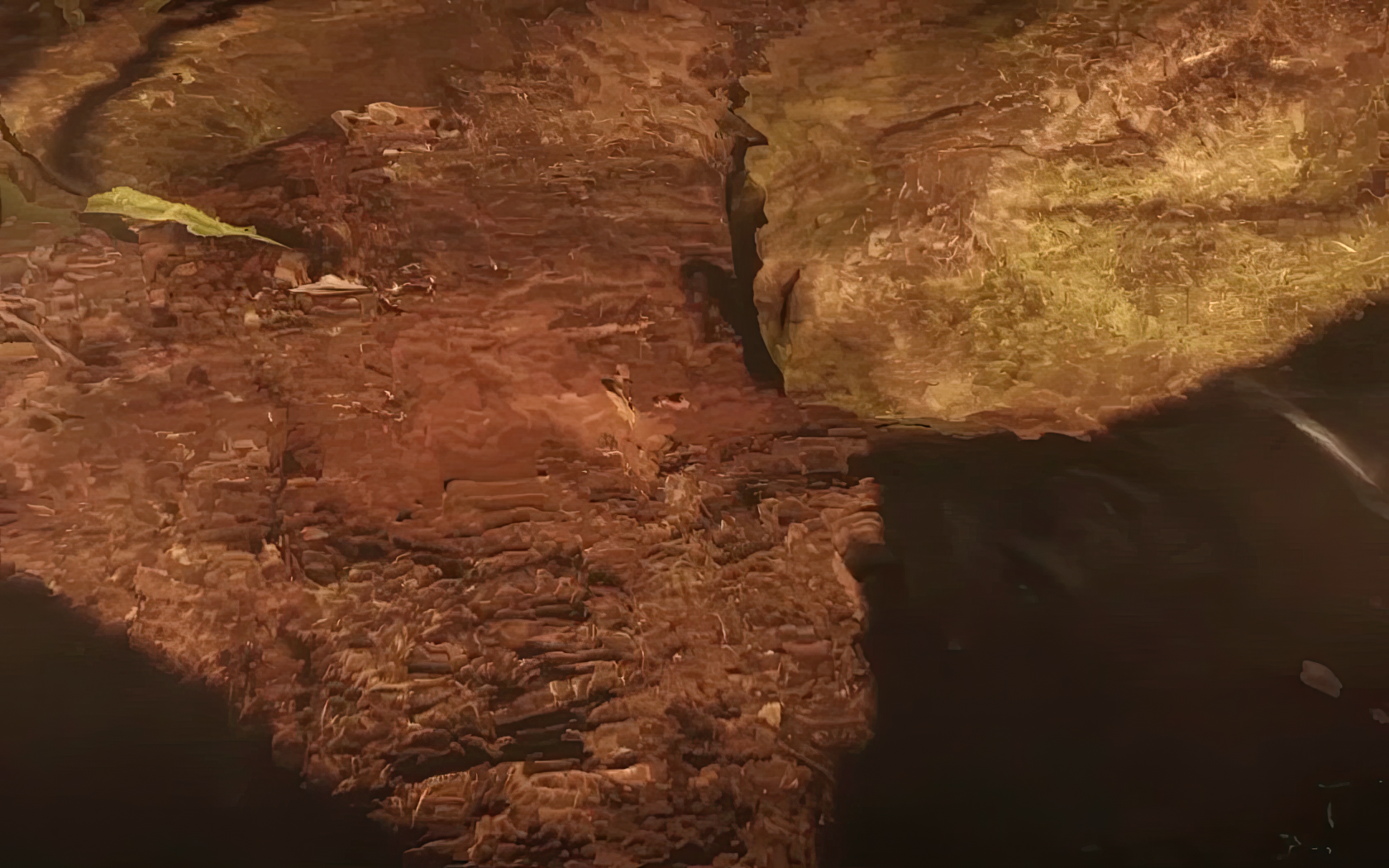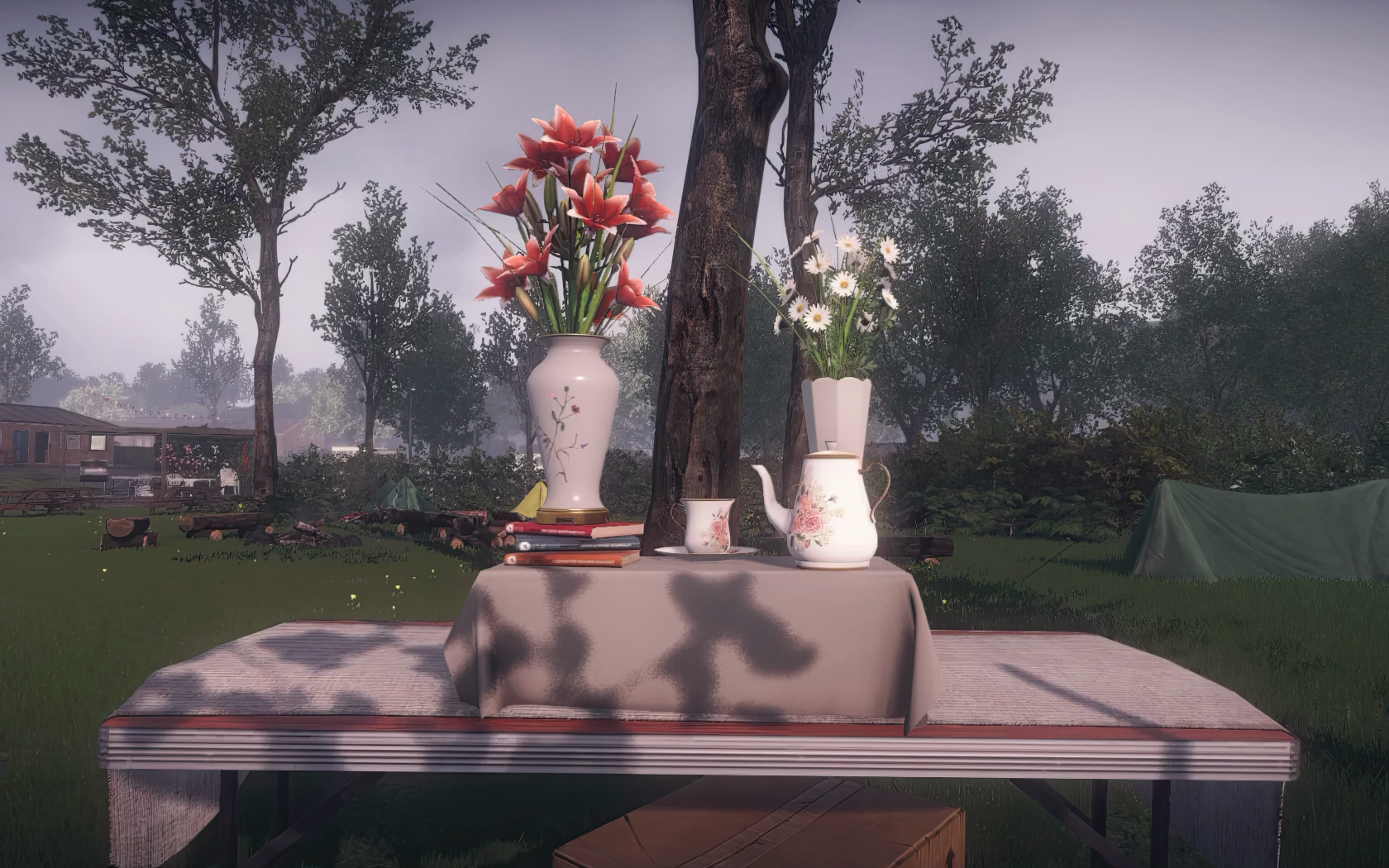Patreon-exclusive content
〰️
Patreon-exclusive content 〰️
The poetics of video game spaces: On Fumi Omori’s Home Sweet Home
A video essay by Matteo Bittanti
PART ONE
Fumi Omori’s latest project Home Sweet Home delves into the young Japanese artist’s intimate tapestry of personal recollections and her playful documentation of frequent relocations both IRL and within the virtual environments of Animal Crossing: New Horizons.
Her nomadic history, characterized by a succession of relocations around the world in the past few years, finds solace in the poignant stillness of captured photographs, a portal to the emotional entanglements woven into past physical spaces. Nestled within the cherished folds of this beloved game, Nintendo’s Animal Crossing, which emerged as a sanctuary amidst the disquietude of the 2020-2021 Covid-19 pandemic, the artist crafts bespoke chambers that bear testament to their very essence.
Home Sweet Home is an investigation into the ramifications of transposing corporeal abodes into the virtual landscapes of video game spaces, which are “inhabited” by around two billion people as we speak, at least according to the latest statistics. Employing the technique of photogrammetry, Omori undertook the playful reconstruction of her former dwellings within the game, thereby obfuscating the demarcations between reality and imagination, leaving the viewer awash in a sea of architectural reverie, both deeply personal and utterly generic, as these apartments evoke the classic IKEA principles of impermanence, interchangeability, and transience. The interplay that ensues between these competing ideas of domesticity but also between these planes of reality — one corporeal, the other intangible — affords a tantalizing glimpse into a distinct visual hacking methodology, a véritable trompe-l’oeil.
In an extensive interview, the artist mentioned that the genesis of this project took root at ECAL the prestigious École cantonale d’art de Lausanne, and was set into motion by the visionary digital curator Marco De Mutiis of Fotomuseum Winterthur as part of a workshop on Automated Photography. Notably, this marks the third installment - following the lauded contributions of Benjamin Freedman and Moritz Jekat, to grace the fourth season of VRAL — a testament to the platform’s unwavering commitment to championing burgeoning talents alongside their venerable counterparts, an approach advocated by both Bittanti and the discerning Italian emigré, De Mutiis. It is not by chance, then, that these three works share common concerns for such issues as memory, belonging, and loss.
Matteo Bittanti
This is a Patreon exclusive video. To access the full content consider joining our growing community.




